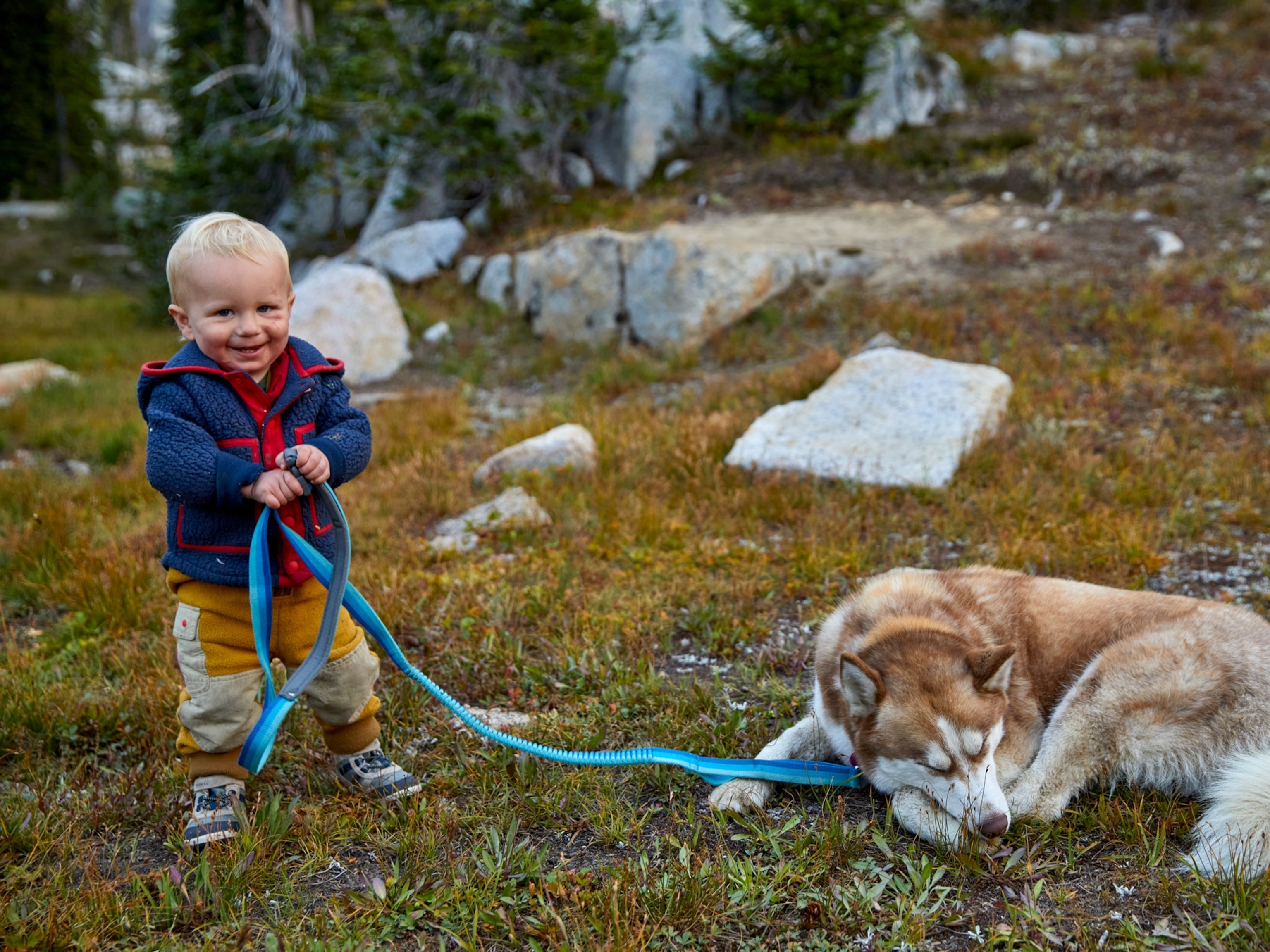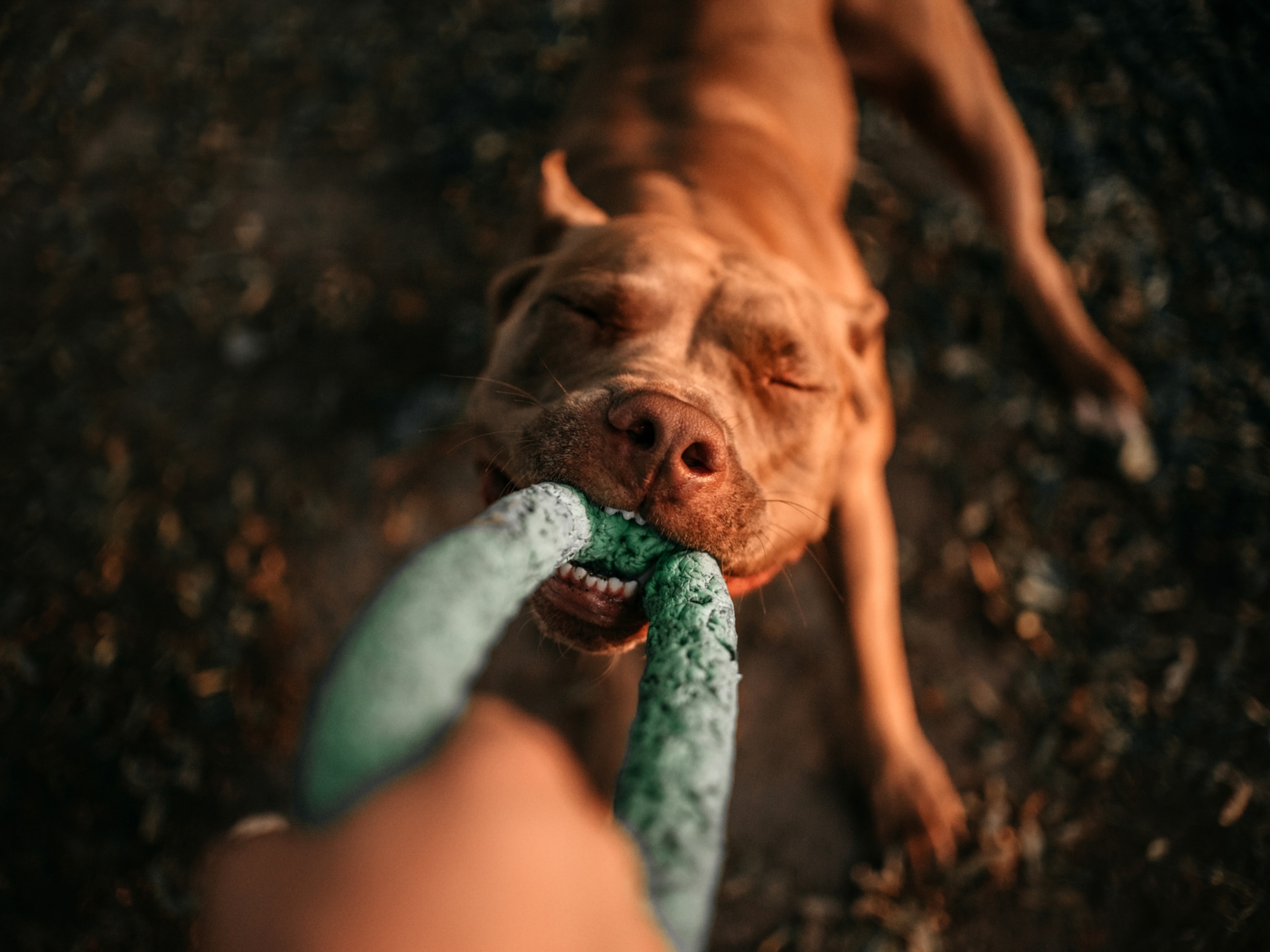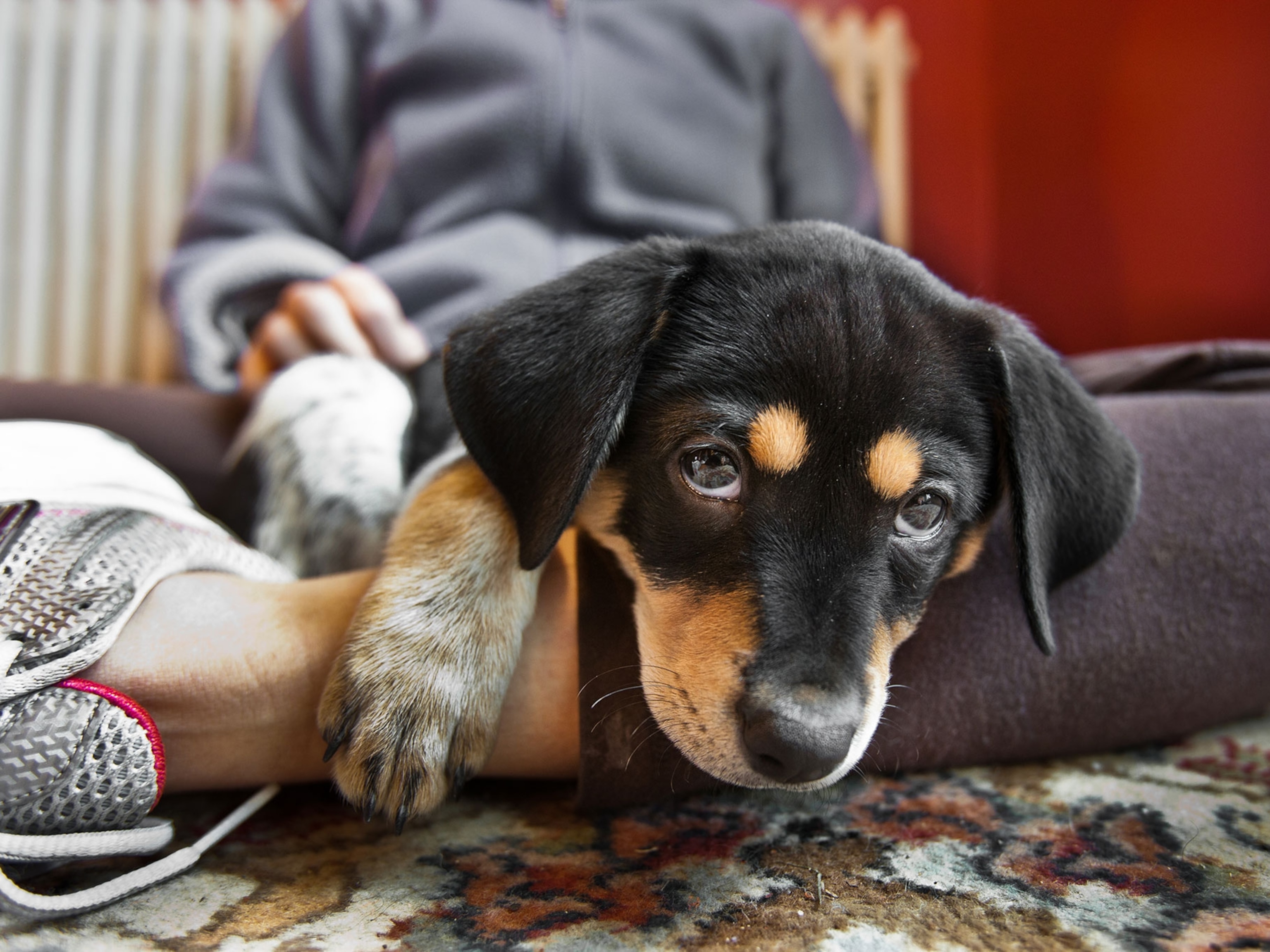
OCD Dogs, People Have Similar Brains; Is Your Dog OCD?
Shared biology may lead to better treatments for human anxiety.
Dogs and people with obsessive compulsive disorder (OCD) have similar brain abnormalities, suggesting that America's most popular pet may someday help doctors understand and treat human anxiety, a new study says.
Scientists already knew that people and dogs with their species' version of OCD—canine compulsive disorder, or CCD—show similar behaviors, respond to the same medications, and have a genetic basis to their disorders.
But for the first time, MRI brain scans of eight CCD-affected Doberman pinschers show that dogs and people also share certain brain characteristics.
"We have a lot of commonality with our best friend the dog," said study leader Niwako Ogata, an assistant professor of animal behavior at Purdue University College of Veterinary Medicine in Indiana. (Related: "Dog and Human Genomes Evolved Together.")
Jill Goldman, an applied animal behaviorist based in southern California, agreed that "these findings support the similarities between humans and dogs."
For instance, elderly dogs with the equivalent of Alzheimer's disease are being used as models to understand the degenerative disease in people, Goldman noted.
The Anxious Brain
About 2 percent of people in the U.S. have OCD, an anxiety disorder that is still poorly understood and diagnosed.
People with OCD often perform the same rituals repeatedly, disrupting their daily routines—for example, by washing hands or unlocking and relocking doors over and over again. Dogs with CCD show the same kind of detrimental repetitions, such as chasing their tails or licking their paws. (Read "How to Build a Dog" in National Geographic magazine.)
For the study, Ogata and colleagues recruited eight Doberman pinschers with CCD and a control group of eight Dobermans without CCD. The team chose Dobermans because they are the first breed to show a genetic basis for CCD and because the breed has a high prevalence of CCD—about 28 percent of U.S. Dobermans, said Ogata, whose study was published online in April in the journal Progress in Neuro-Psychopharmacology & Biological Psychiatry.
After obtaining MRI scans for each group, the team discovered that the CCD dogs had higher total brain and gray matter volumes and lower gray matter densities in certain parts of the brain—similar to the structures of people brains' with OCD. Gray matter is a brownish-gray tissue inside the brain and spinal cord that contains mostly nerve cells. (Also see "Dogs' Brains Reorganized by Breeding.")
It's unknown why both species' brains show these features, Ogata said, but her team plans to repeat the experiment with more dogs and in different breeds to learn more about how OCD affects both species' brains.
Because dogs live with us and share our lives—unlike lab rodents—they're the "perfect model" for understanding both human and dog anxiety and how best to treat it, she said.
Ogata added that the study is exciting because it gives us a better idea of "how brains develop, and when and how genes interact with [their] environment to cause some behavior problems for both humans and dogs."
How to Handle a Dog With CCD
Meanwhile, animal behaviorist Goldman has some tips for diagnosing and handling dogs with CCD—a condition she encounters in her practice.
First, dog owners should keep an eye out for any excessively repetitive behavior, such as chasing shadows, snapping air with their mouths, sucking their flanks or blankets, chasing tails, or licking/nibbling paws excessively.
If you notice an obsessive behavior, don't reinforce it. For example, if your dog is chasing its tail and you make a big deal of it, the dog may pick up on that and keep doing it. "You don't want to add fuel to the fire," Goldman said.
What's more, "Be very prudent with punishment. Punishing the compulsive behavior can increase anxiety and exacerbate the problem."
Another tip, she said, is to look for stressors that may be triggering the repetitive action. For instance, if you notice your dog reacts to a loud noise and then engages in a repetitive behavior, try to avoid the noise as best you can in the future.
Goldman also suggests keeping your anxious dog's mind occupied with some kind of enrichment activity. For instance, there's a huge range of puzzle toys that contain food.
"Dogs, by nature, forage and seek out food resources. They will use their brain to find a meal. Giving your dog [its] meal in a food bowl is nice and easy, but often just a short thrill taking no time at all to consume. Instead, use meals and food treats in long-lasting food dispensers to help your dog cope with stressors," she said. (See dog-evolution pictures.)
One thing she doesn't recommend for dogs: those laser pointers people use to play with cats. In some cases, chasing the light can get the animal hyperaroused.
If reducing stress and providing distractions don't work, it might be useful to combine those approaches with anxiety medication from the vet, Goldman added.
Last, if you're feeling especially frustrated with Fido, study author Ogata asks you to "please remember that dogs were domesticated by humans."
We're "responsible for their behavior, and for preventing and treating the problem through better understanding."








